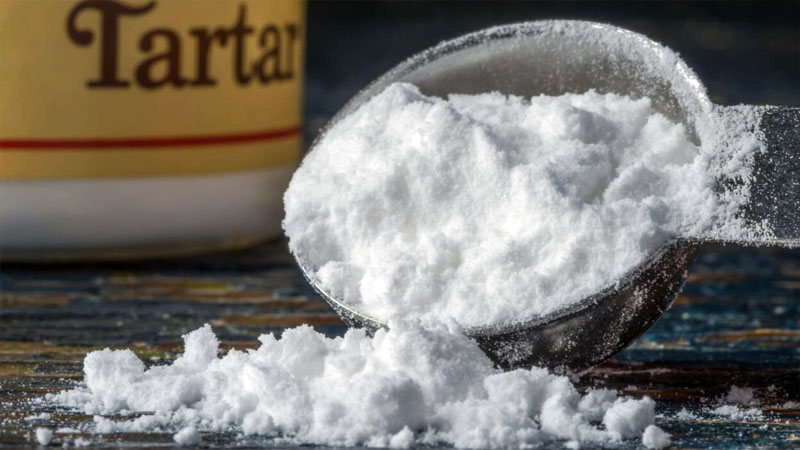Exclusive content

A recent study has shed light on the potential of tartaric acid (TA) to enhance the growth, weight, and disease resistance of whiteleg shrimp (L. vannamei).
Exploring the Power of Organic Acids
Organic acids have long been recognized for their potential to influence the intestinal microflora of shrimp, inhibit the growth of harmful pathogens, and reduce the need for antibiotics. While previous research has showcased the advantages of acidifying aquafeed with various organic acids to enhance digestive system health and growth in aquatic animals, the effects of tartaric acid on shrimp have remained largely unexplored.
Tartaric acid, an organic compound, is naturally found in a variety of fruits such as grapes, bananas, and avocados. Renowned for its numerous biological properties, including immune system stimulation, antibacterial capabilities, antioxidant effects, and anti-inflammatory properties, TA offers a promising avenue for improving shrimp health and productivity.
The Experimental Journey
The research took place in a laboratory located in Bardstan, Iran, where 600 whiteleg shrimp were fed pellets supplemented with different concentrations of TA over a 56-day period. The study included five distinct concentrations: TA0 (0 g/kg), TA2.5 (2.5 g/kg), TA5 (5 g/kg), TA7.5 (7.5 g/kg), and TA10 (10 g/kg).
The results of the study demonstrated improvements in several key parameters in shrimp fed with TA. Shrimp receiving diets enriched with 5 g/kg and 7.5 g/kg of TA exhibited remarkable enhancements in growth performance, feed utilization, gut lactic acid bacteria count, and digestive enzyme activity.
Enhancing Shrimp Performance
Pellets fortified with TA at concentrations of 5–10 g/kg exhibited a significant increase in weight gain, final weight, specific growth rate, and feed conversion ratio, showcasing the positive impact of tartaric acid on whiteleg shrimp production.
In addition to its growth-enhancing properties, the study also assessed the survival rate of shrimp following a 14-day immersion challenge with Vibrio parahaemolyticus, a bacterium associated with acute hepatopancreatic necrosis disease (AHPND) in the marine aquaculture industry.
The results were promising, with all TA-supplemented groups showing an increase in survival rates compared to the group that received no TA. Notably, the dietary inclusion of 7.5 g/kg of TA resulted in the highest survival rate, highlighting its potential to bolster disease resistance in whiteleg shrimp.